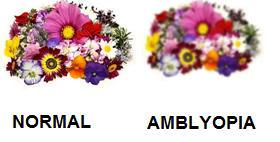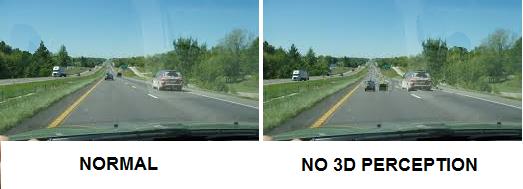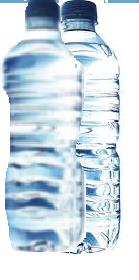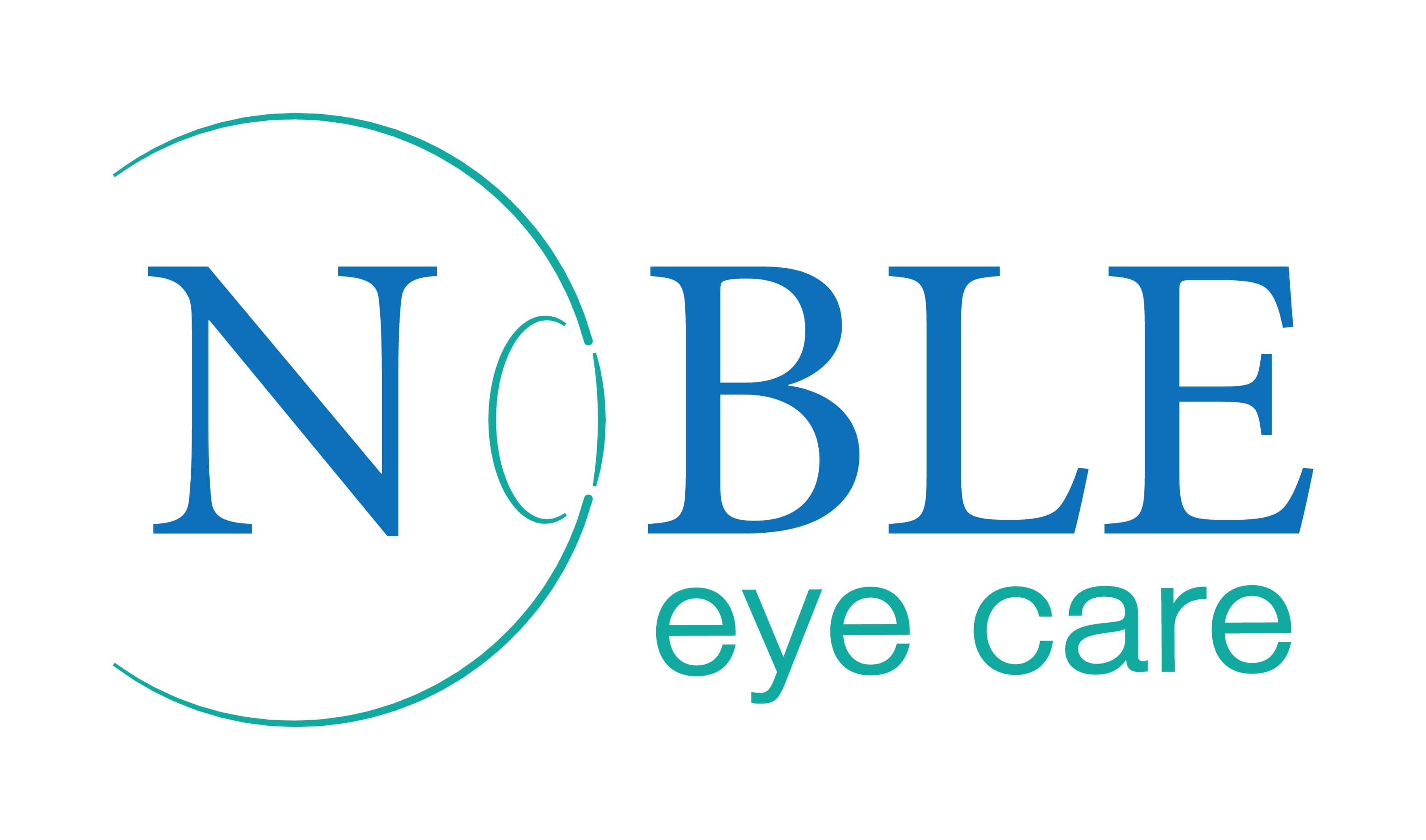Dr. Digvijay Singh is a leading squint specialist in Delhi NCR and Gurgaon that provides advanced squint correction surgery with precision care and warmth. Dr. Singh and his team ensure patients receive customized treatment using modern equipment and holistic methods. The center focuses on clear vision restoration and eye alignment. People looking for a squint correction specialist in Delhi NCR, choose experienced experts for trust and results.
Common Symptoms and Signs of Squint Eye
Squint eye can be noticed through daily routine discomfort and visible misalignment. Dr. Digvijay Singh helps patients identify symptoms early for better recovery.
1. Uneven Eye Movement
Sometimes one eye stays steady while the other drifts. It can happen regularly or occasionally. This calls for examination from the squint specialist in Gurgaon.
2. Double Vision
Seeing two overlapping images is another symptom. It often causes confusion while reading or driving.
3. Strained Eyes and Headache
Continuous focus effort triggers strain and mild headache. Such issues are carefully evaluated during tests by specialists.
4. Poor Depth Perception
Difficulty in judging the distance between objects makes regular activities tricky, especially for children.
5. Closing One Eye to Focus
Some people close one eye when trying to focus or read, indicating a need for a specialist diagnosis.
- Early detection improves treatment success.
- Dr. Digvijay Singh offers comprehensive screening programs.
- Addressing symptoms on time helps in preventing vision loss.
People searching for a squint eye doctor near me can visit Dr. Digvijay Singh for accurate testing and guidance.
Cost of Squint Eye Treatment
The cost depends on the severity, surgery type, and equipment required. Dr. Digvijay Singh provides transparent consultation and reasonable options.
- Mild squint cases may need optical correction or exercises.
- Moderate to complex cases can cost more because of surgical precision.
- Post-surgery care plans are affordable and designed for long-term benefits.
Patients get clear upfront cost information without hidden charges. The pricing model includes pre-surgery counseling, follow-up visits, and vision exercises. With experienced eye surgeons from AIIMS, every treatment ensures quality worth the cost.
For anyone exploring squint eye treatment near me, Dr. Digvijay Singh offers personalized packages suited to individual needs.
Choosing the center brings comfort, clarity, and a fair estimate aligned with your requirements.
Identifying Squint Eye in Children and Adults
Early diagnosis makes a big difference. Dr. Digvijay Singh guides parents and adults in recognizing even subtle signs and symptoms.
1. Children Avoid Eye Contact
If kids turn their faces sideways or avoid direct watching, it can point to squint problems.
2. Frequent Tilting of Head
Tilting the head while focusing can signal uneven eye muscles.
3. Sudden Complaints of Blurred Vision
Children complaining of unclear vision or having trouble reading may need eye tests.
4. Adults Facing Difficulty in Reading
Adults may feel strain after long screen hours. Persistent discomfort can indicate alignment issues.
5. Trouble While Driving
Loss of depth vision and focus while driving needs quick attention.
- Routine screening with Dr. Digvijay Singh helps identify conditions at any age.
- Special attention for school-age children ensures early correction.
- Timely diagnosis prevents permanent vision damage.
Many people rely on trusted specialists for consistent evaluation and care throughout life.
Treatment Options for Squint Eye
Dr. Digvijay Singh provides technology-backed treatment plans for squint correction based on each patient’s condition.
1. Non-Surgical Methods
Eye exercises and lenses correct mild squint cases. These are effective when detected early.
2. Prism Glasses
Prism lenses help adjust the eye focus and reduce double vision.
3. Eye Muscle Surgery
For chronic misalignment, eye muscle adjustment brings lasting results.
4. Vision Therapy
Special training sessions strengthen coordination between both eyes.
5. Follow-Up and Monitoring
Regular checkups help track progress and adjust treatment when needed.
- Dr. Digvijay Singh ensures secure, sterile surgical procedures.
- All operations use the latest equipment approved for precision results.
- Success rate remains high among all age groups.
Patients searching for squint eye treatment in Gurgaon often choose trusted centers for balanced affordability and trusted outcomes.
How to Choose the Best Squint Eye Specialist in Delhi NCR
Selecting the right expert takes careful thought. Specialists trained at AIIMS are known for patient-centered care.
1. Qualification and Training
Ensure your doctor has fellowship training and experience from reputed institutes.
2. Treatment Techniques Used
Modern technology matters in squint surgeries; confirm the availability of advanced tools.
3. Patient Reviews and Results
Feedback helps gauge trust and performance consistency.
4. Consultation Process
Look for clinics offering honest opinions and personalized treatment plans.
5. Accessibility and Support
Easy scheduling and post-surgery care make follow-up smooth.
- Dr. Digvijay Singh stands among the best squint specialists in India with decades of experience and upgraded infrastructure across Delhi NCR.
- Every patient gets complete guidance from diagnosis to the recovery stage.
- Attention to patient comfort keeps results dependable.
For someone searching the squint vision care that lasts, Dr. Digvijay Singh provides assurance and real improvement with continuous support.
Schedule a Consultation with Dr. Digvijay Singh for Squint Surgery
Book your appointment with Dr. Digvijay Singh for specialized squint surgery. The center blends skill, precision, and genuine patient care. With multiple clinic locations across Delhi NCR, it’s easy to access world-class ophthalmic services.
- Personalized assessment for all ages
- Transparent pricing and recovery plan
- Complete pre- and post-operative support
- Dedicated counseling for children and adults
Connect today with Noble Eye Care to consult the squint specialist near me for a detailed evaluation and lasting alignment results.
Call or visit Dr. Digvijay Singh for trusted advice from the best squint specialist in India and take the first step toward improved eye focus and clarity.
FAQs: Common Questions About Squint Surgery & Treatment
What is Squint?
Squint is misalignment of the two eyes or a condition when both the eyes are looking in different directions. It is also called strabismus.

Is Squint Correctable?
Yes Squint is a correctable condition. The treatment involves both medical and surgical therapy.
Can squint affect vision?
Yes, Squint is not only a cosmetic problem and it can impair vision in the form of amblyopia (Lazy Eye) where the squinting eye has a reduced and hazy vision. Squint almost always affects binocularity (our ability to use both eyes simultaneously to view objects in 3 dimensions).


Can Correction of squint restore vision and binocularity?
Treatment for amblyopia has to be done in childhood (up to teenage years) using occlusion therapy. Correction of squint can prevent recurrence of amblyopia related to squint. If squint is corrected in the early years of childhood (from 6 months to about 5 to 7 years) some degree of binocularity can be achieved.
What if there is squint for only part of the day?
Squinting for only part of the day is called intermittent squint. Such squint has a good outcome for binocularity and vision but may have troubling diplopia (double vision).

I have normal vision with squint. Do I still need to wear the glasses prescribed?
Glasses are presecribed to control the amount of squint and need to be worn even if you have normal vision. Sometimes, it may seem that the glasses are making the vision blur, but that will become alright if you wear glasses all the time and regularly. Children should wera appropriate glasses and not peep over them.
What treatment options are available for squint?
Each case of squint is different and has to be treated differently. The first step in treatment includes giving a proper spectacle correction after doing a refraction under cycloplegic drops. This is followed by either a patching therapy for correcting amblyopia or preventing diplopia. Finally, there is squint surgery involving surgery on the muscles of the eye to generate a balance between the two eyes. In some types of squint such as intermittent squint, eye exercises may be tried prior to surgery.
When is the right time to undergo surgery?
For children with esotropia (inward deviation of the eye,) surgery should be done as early as possible ideally by 6 months after birth. For exotropia (outward deviation of the eye), surgery is recommended by 4 to 6 years of age. On adults, surgery may be done anytime for most squints.
Is squint only inward or outward deviation of the eyes?
No, squint are of various types. The eyes may be horizontally misaligned (inward or outward), vertically misaligned (up or down) or both. The squint could be comitant (equal deviation of the eyes in all gazes) or incomitant (different deviation in different gazes). There may be a pattern of deviation (A or V or Y ) or there may be associated nystagmus (wriggly eye movements0). Squint couls result from paralysis of the nerve supplying the eye muscles or due to a problem of the muscle themselves. Therefore each squint has to be carefully evaluated and managed on an individualised basis.
What are the surgeries performed for squint?
There are many types of surgical procedures done for squint. Mainly, squint surgeries involve either weakening the muscle by a process called recession (where it is inserted at a point behind the original insertion) or strengthening it by resection (shortening the muscle tendon length) so that it becomes taut.
Is there a chance of recurrence after squint surgery?
There is a small chance of overcorrection or undercorrection of a squint or recurrence. However, if the surgery is done after proper evaluation and in expert hands, this chance is minimal.

![DigvijayProfile[1]](https://drdigvijaysingh.com/wp-content/uploads/2017/11/DigvijayProfile1.jpg)
